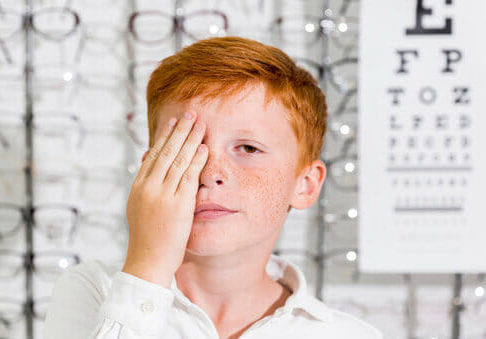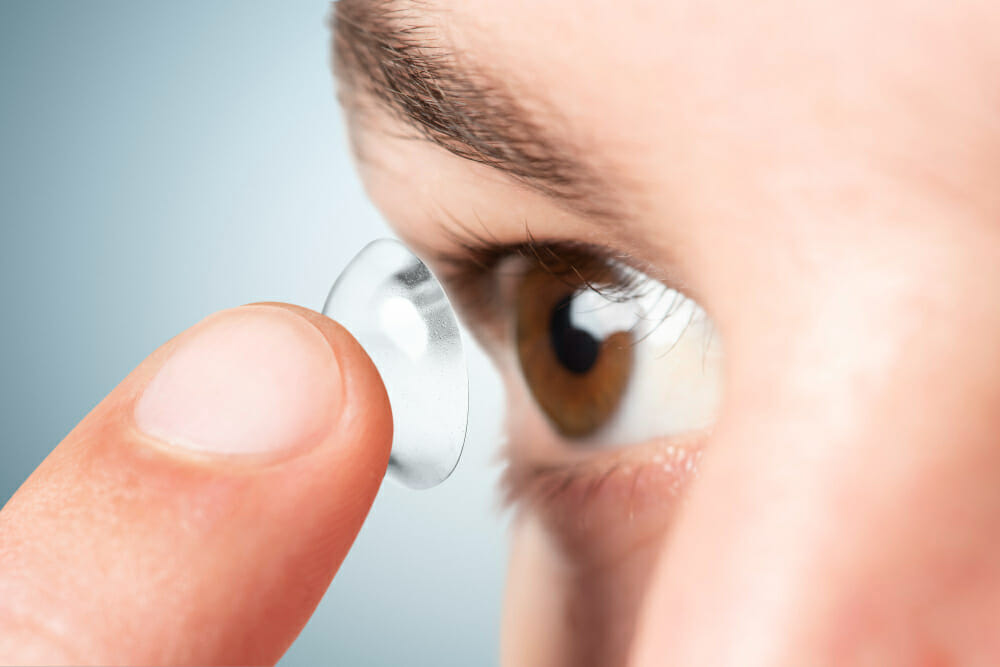It is estimated that up to 49 million Americans suffer from dry eyes, and this trend is only expected to continue.
Dry eye is a common eye condition that occurs when the eyes do not produce enough tears or the tears evaporate too quickly. This can cause discomfort, inflammation, and vision problems. Many factors can contribute to dry eye, including age, gender, medications, and certain medical conditions. One factor that can significantly increase the risk of dry eye is smoking.
How does smoking cause dry eye?
Smoking has a negative impact on many parts of the body, including the eyes. It damages the blood vessels and tissues, including those in the eye. This can lead to decreased tear production, as well as inflammation and irritation of the eye.
In addition to the direct effects of smoking on the eyes, it can also contribute to dry eye indirectly. For example, smoking can decrease the effectiveness of some dry eye treatments, such as artificial tears. It can also increase the risk of other conditions that can cause dry eye, such as allergies and autoimmune disorders.
Symptoms of dry eye caused by smoking
The symptoms of dry eye caused by smoking may include:
- Burning or stinging sensation in the eyes
- Redness or swelling of the eyes
- Discomfort or irritation when wearing contact lenses
- Sensitivity to light
- Blurred or fluctuating vision
- Excessive tearing (in some cases)
If you are a smoker and are experiencing any of these symptoms, it is important to see our doctor to determine the cause and receive proper treatment. To schedule an eye exam, please call
111-222-3333.
Treatment options for dry eye caused by smoking
If you are a smoker and are experiencing dry eye symptoms, quitting smoking is the most effective way to improve your symptoms and overall eye health. However, quitting smoking can be challenging, and it is important to have a plan in place and seek support from friends, family, or a healthcare provider.
In addition to quitting smoking, there are several other treatment options that can help manage dry eye caused by smoking:
Artificial tears: These can help lubricate the eyes and provide temporary relief from dry eye symptoms.
Prescription eye drops: Some eye drops contain medications that can help improve tear production or reduce inflammation.
Punctal plugs: These small plugs can be inserted into the tear ducts to help keep tears in the eye longer.
Meibomian gland expression: This procedure involves gently massaging the glands that produce tears to improve their function.
Lifestyle changes: Making certain lifestyle changes, such as using a humidifier, taking breaks from screens, and blinking more frequently, can also help manage dry eye symptoms.
Schedule a dry eye exam at PRACTICENAME
Smoking is a major risk factor for dry eye, and it can have a negative impact on the health of the eyes. If you are a smoker and are experiencing dry eye symptoms, quitting smoking is the most effective way to improve your symptoms and overall eye health. In addition, there are several treatment options that can help manage dry eye caused by smoking. It is important to see our eye doctor for proper diagnosis and treatment. If you are experiencing dry eye, we welcome you to schedule an evaluation at PRACTICENAME. Our optometrists have extensive experience, advanced technology, and provide caring service to patients from CITY and the surrounding communities. To schedule an eye exam call us at
111-222-3333 or
Book an Appointment
.

 The eyes, and the brain, can fall prey to a range of optical illusions, for a variety of reasons.
One such illusion is known as the Thatcher Effect. Named for former British Prime Minister Margaret Thatcher, since it was a photo of her that was famously used to illustrate the illusion, shows that the brain cannot properly process a photo of a face which is upside-down.
It demonstrates this by modifying upside down faces, flipping the mouth and eyes right side up. Because of this, and how our minds have learned to recognize faces, the brain believes nothing is wrong...until the image is turned right side up. Only at that point does the brain finally realize that yes, something was indeed very wrong with the image.
The Thatcher Effect demonstrates the importance of the brain’s processing of visual information, and the fact that recognizing faces is something we learn to do as our vision develops.
The eyes, and the brain, can fall prey to a range of optical illusions, for a variety of reasons.
One such illusion is known as the Thatcher Effect. Named for former British Prime Minister Margaret Thatcher, since it was a photo of her that was famously used to illustrate the illusion, shows that the brain cannot properly process a photo of a face which is upside-down.
It demonstrates this by modifying upside down faces, flipping the mouth and eyes right side up. Because of this, and how our minds have learned to recognize faces, the brain believes nothing is wrong...until the image is turned right side up. Only at that point does the brain finally realize that yes, something was indeed very wrong with the image.
The Thatcher Effect demonstrates the importance of the brain’s processing of visual information, and the fact that recognizing faces is something we learn to do as our vision develops.

 (Image credit: Fibonacci | Creative Commons)
(Image credit: Fibonacci | Creative Commons)

 (Image credit: Akiyoshi Kitaoka)
(Image credit: Akiyoshi Kitaoka)






















